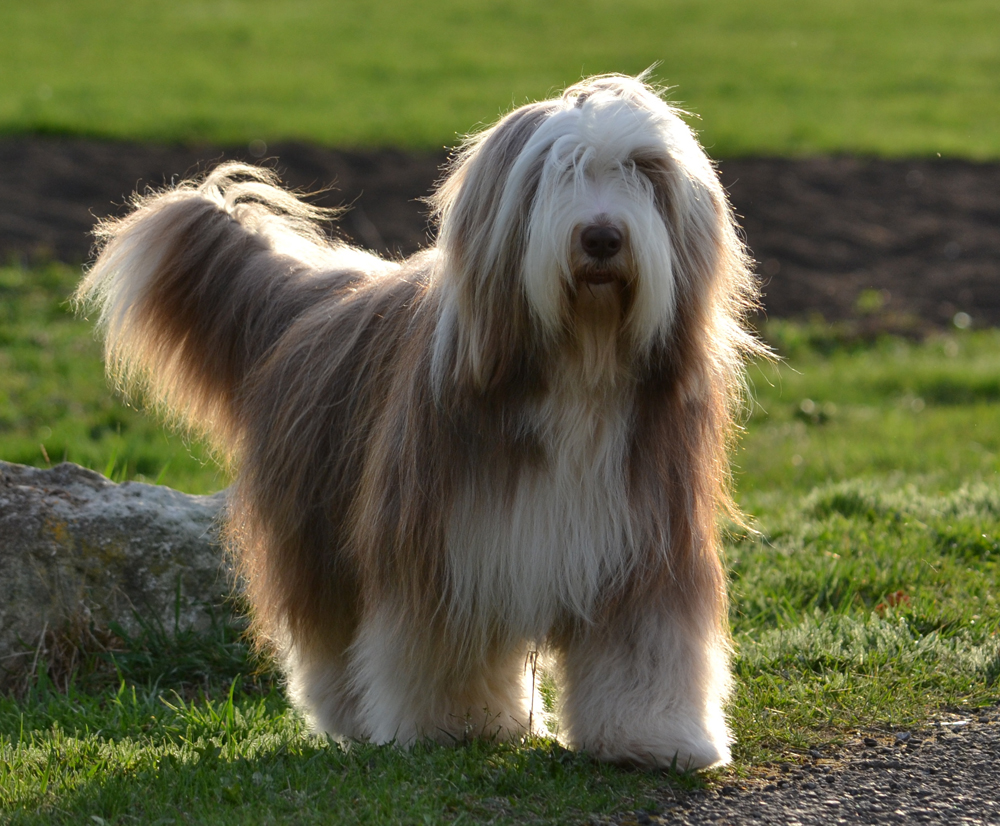
The Breed History
An ancient British Isles breed, this Collie may have blood from
a variety of stock such as Polish Lowland Sheepdog, Magyar
Komondor, and sheep herding dogs of the Isles. Though they do
not look like the traditional "collie" image, the name collie merely
implies being a sheep dog. Little is in the record until the start of
the 1800s for this breed. They came to North America in the 1950s,
but were not registered in the AKC until 1976.
Breeding for Function
Bred for herding independently, these dogs also excel at competitive
agility and obedience sports. They are excellent drivers and
caretakers of livestock. They are particularly suited to working in
cold, damp conditions over rough ground. They were also selected
for companionship later in breed development.
Physical Characteristics
Height at Withers: female 20-21" (51-53 cm), male 21-22" (53-56 cm).
Weight: females 40-60 lb (18-27 kg), males 40-60 lb (18-27 kg).
Coat: They are double-coated and the outer coat is harsh and flat.
No coat trimming is allowed for showing. Black, fawn, blue, brown
with or without white markings are the accepted colors, and coats
are characteristically thick and shaggy. Coats usually lighten as they
mature, then darken and then fade once again as the dog ages.
Longevity: 12-14 years.
Points of Conformation: Medium-sized, they have an athletic
build, and their alert inquisitive expression is a feature of the breed.
The head is broad with moderate stop, the nose is large and eyes
are widely set. Color of nose and eyes are in harmony with the
haircoat. Prominent brows frame their large eyes, and their beard
is also well developed. Medium-sized ears are pendulous and hairy.
The medium neck is slightly arched, topline is level, and the thorax
is deep but not broad. The tip of the tail reaches to the tarsus, and
is carried low and curved. Feet are oval and toes well arched. Gait is
long and straight.
Recognized Behavior Issues and Traits
These dogs are noted for their level temperament and high
intelligence. These dogs require a lot of exercise and grooming. They
can be independent, sometimes a bit stubborn perhaps, but make
an exceptional pet for the right owner. They are also reported to be
loving, active (bouncy is a word commonly used), and friendly. They
have a strong chase instinct, so should not run off-leash out of an
enclosure. They like close contact with their family. They are strong
alarm barkers and very loyal. Early training and socialization are
important. Exercise should include lots of play to help keep them fit
and mentally challenged. They may try to herd children by nipping
at heels.
Normal Physiologic Variations
This breed is slow to mature.
Beardies may be sensitive to loud noises.
Drug Sensitivities
None reported
Inherited Diseases
Hip Dysplasia: Polygenically inherited trait causing degenerative
joint disease and hip arthritis. OFA reports 6.1% affected.
Hypoadrenocorticism (Addison's disease): Immune mediated
destruction of the adrenal gland. Typical presentation of lethargy,
poor appetite, vomiting, weakness, and dehydration can occur from
4 months to several years of age. Controlled by a major recessive
gene, but not a simple recessive disorder. Estimated heritability
of 0.76. Estimated at a frequency of 2% to 3.4% in the breed.
Treatment with DOCA injections or oral fludrocortisone.
Elbow Dysplasia: Polygenically inherited trait causing elbow
arthritis. OFA reports 2.6% affected.
Patella Luxation: Polygenically inherited laxity of patellar
ligaments, causing luxation, lameness, and later degenerative joint
disease. Treat surgically if causing clinical signs. Too few Bearded
Collies have been screened by OFA to determine an accurate
frequency.
Disease Predispositions
Cataracts: Anterior or posterior punctate cataracts predominate in
the breed. Identified in 4.53% of Bearded Collies CERF examined by
veterinary ophthalmologists between 2000-2005. CERF does not
recommend breeding any Bearded Collie with a cataract.
Persistent Pupillary Membranes: Strands of fetal remnant
connecting; iris to iris, cornea, lens, or involving sheets of tissue.
The later three forms can impair vision, and dogs affected with
these forms should not be bred. Identified in 4.35% of Bearded
Collies CERF examined by veterinary ophthalmologists between
2000-2005.
Hypothyroidism: Inherited autoimmune thyroiditis. 4.3% positive
for thyroid auto-antibodies based on testing at Michigan State University. (Ave. for all breeds is 7.5%). Reported at a frequency of
5.9% in the 1996 BCCA Health Survey.
Retinal Dysplasia: Multifocal and geographic retinal dysplasia. Can
cause retinal hemorrhage, retinal detachment, and blindness. Can
also be related to subendothelial corneal opacities. Unknown mode
of inheritance. Identified in 1.6% of Bearded Collies CERF examined
by veterinary ophthalmologists between 2000-2005.
Corneal Dystrophy: A non-inflammatory corneal opacity (white to
gray) present in one or more of the corneal layers; usually inherited
and bilateral. Unknown mode of inheritance. Identified in 1.33%
of Bearded Collies CERF examined by veterinary ophthalmologists
between 2000-2005.
Choroidal Hypoplasia: Inadequate development of the choroid
present at birth and non-progressive. This condition is more
commonly identified in the Collie breed where it is a manifestation
of "Collie Eye Anomaly". CERF does not recommend breeding
any Bearded Collies affected with the disorder. No genetic test is
available in the breed. Identified in 1.15% of Bearded Collies CERF
examined by veterinary ophthalmologists between 2000-2005.
Seasonal Flank Alopecia: Seasonal, bilateral, symmetrical alopecia
affecting the flank, dorsum and tail.
Primary Lens Luxation: Occurs at an increased frequency in the
breed. Often progresses to secondary glaucoma and blindness.
Reported relative risk of 4.48x versus other breeds.
Pemphigus Foliaceus: There is a significantly higher risk of
developing pemphigus foliaceus versus other breeds. Typical lesions
include dorsal muzzle and head symmetric scaling, crusting, and
alopecia with peripheral collarettes, characteristic footpad lesions,
with erythematous swelling at the pad margins, cracking, and
villous hypertrophy. Average age of onset is 4 years. Treatment with
corticosteroid and cytotoxic medications. One-year survival rate of
53%. Unknown mode of inheritance.
Symmetrical Lupoid Onychodystrophy: Disorder causing loss
of toenails. Onset between 3-8 years of age, affecting 1-2 nails,
then progressing to all toenails within 2-9 weeks. Requires lifelong
treatment with oral fatty acid supplementation. Multiple affected
Bearded Collies have been identified indicating a breed prevalence,
but there is no known mode of inheritance.
Brachygnathism, Cleft Lip/Palate, Cryptorchidism, Epilepsy,
Oligodontia, Patent Ductus Arteriosus, Prognathism,
Progressive Retinal Atrophy, Subaortic Stenosis, Systemic Lupus
Erythematosus, and von Willebrand's Disease are reported.
Isolated Case Studies
Black Hair Follicular Dysplasia: Identified in one litter of Bearded
Collies. Congenital breaking off and loss of black hairs. Total hair
loss (of black hairs) by 6-9 months. No treatment is available.
Unknown mode of inheritance.
Ectopic Hepatocellular Carcinoma: An ectopic focus of hepatic
tissue with associated hepatocellular carcinoma was identified in the
greater omentum of a 14-year-old neutered male Bearded Collie.
Genetic Tests
Tests of Genotype: none
Tests of Phenotype: CHIC certification: Required testing includes
hip radiographs, CERF eye examination (each year until 5, then
every 2 years), and thyroid profile including autoantibodies
(each year until 5, then every 2 years). Optional recommended
tests include elbow radiographs. Recommend patella evaluation and cardiac evaluation.
Miscellaneous
- Breed name synonyms: Beardie, Highland Collie (historical),
Mountain Collie (historical), Hairy Mou'ed Collie (historical)
Highland Sheepdog (historical)
- Registries: AKC, CKC, UKC, KCGB (Kennel Club of Great Britain),
ANKC (Australian National Kennel Club), NKC (National Kennel Club)
- AKC rank (year 2008): 109 (383 dogs registered)
- Internet resources: Bearded Collie Club of America:
www.beardie.net/bcca
Bearded Collie Club of Canada: http://bccc.pair.com
Bearded Collie Club (UK): www.beardedcollieclub.co.uk
BeaCon For Health: Bearded Collie Foundation for Health:
www.beaconforhealth.org
Photo Gallery of Breed - Bearded Collie - Dog Breed
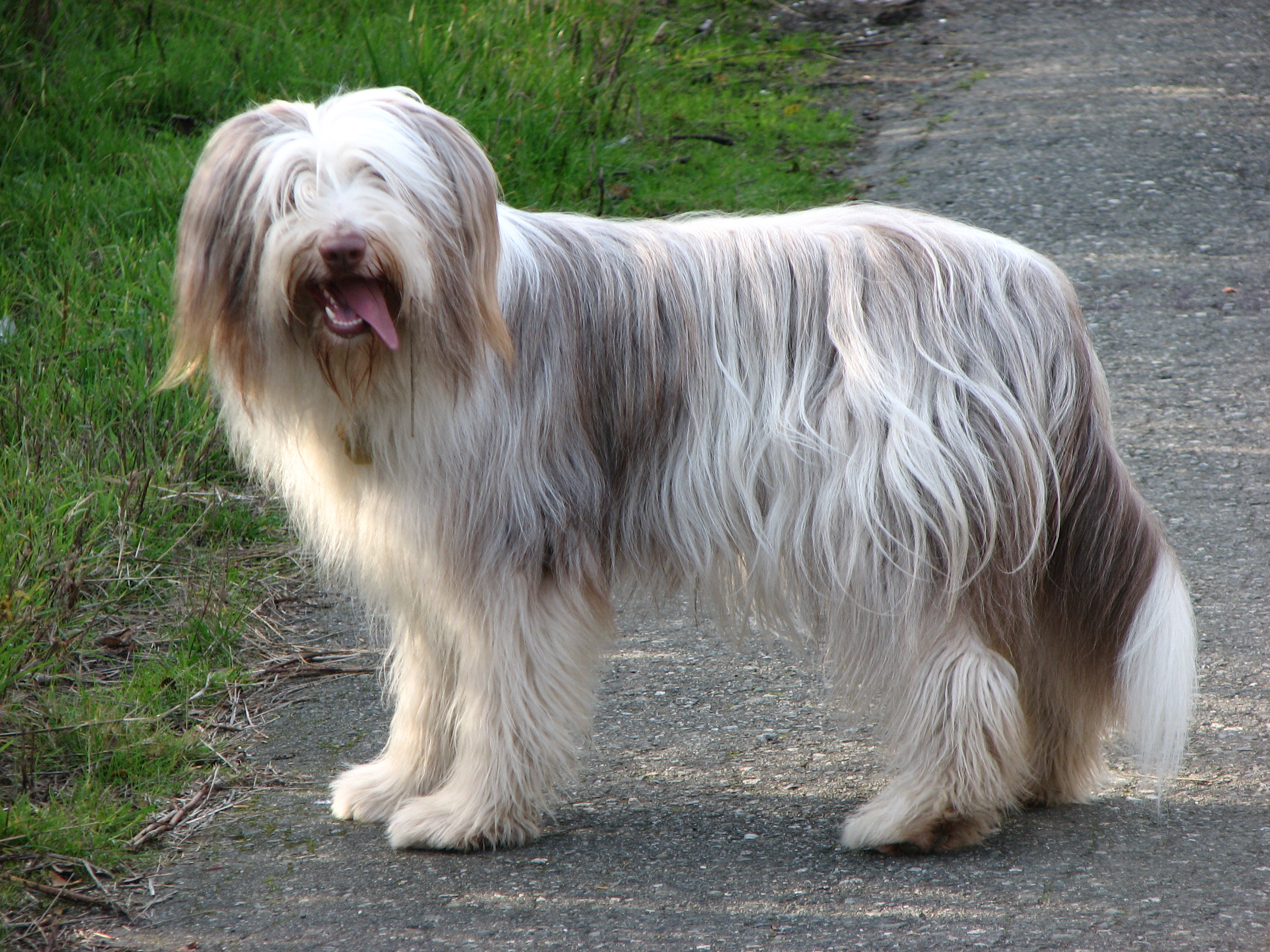

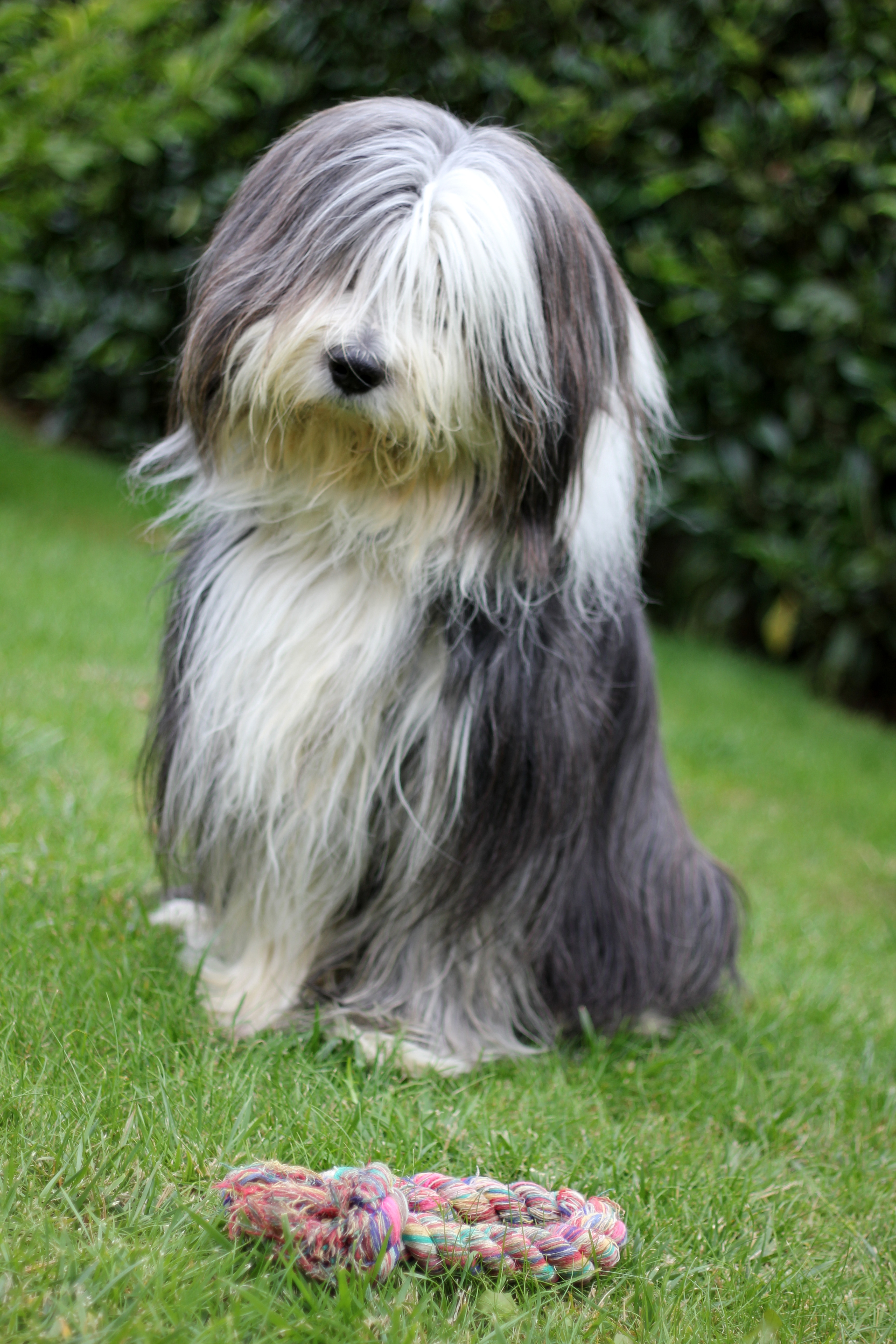


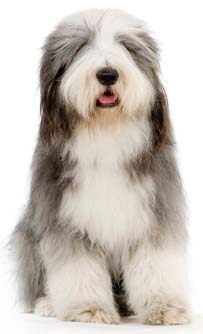

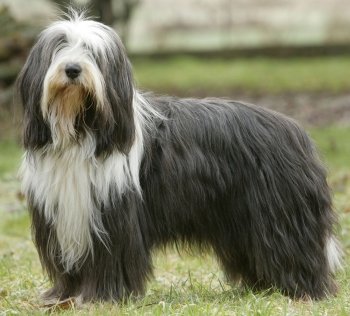
 Animalia Life
Animalia Life